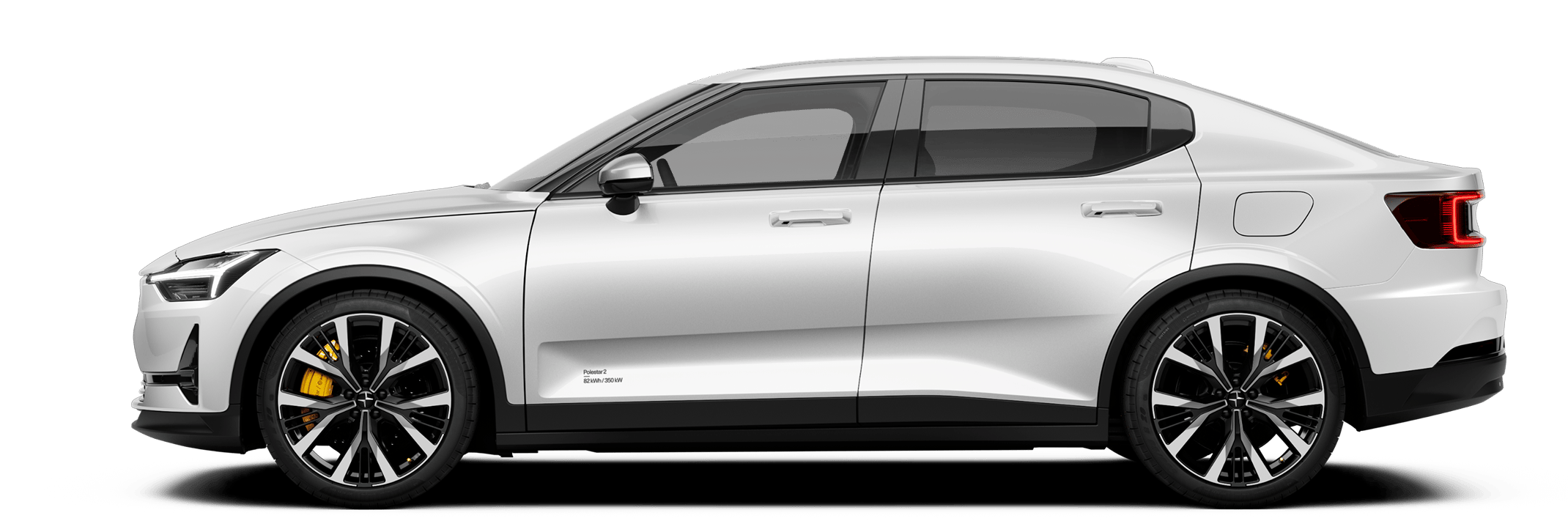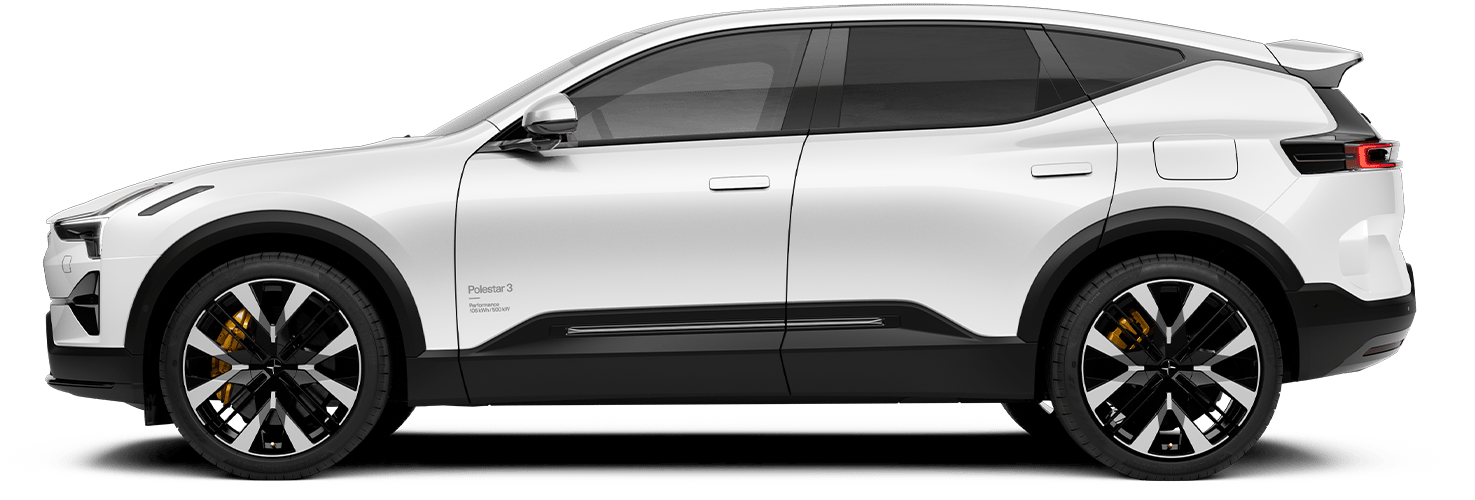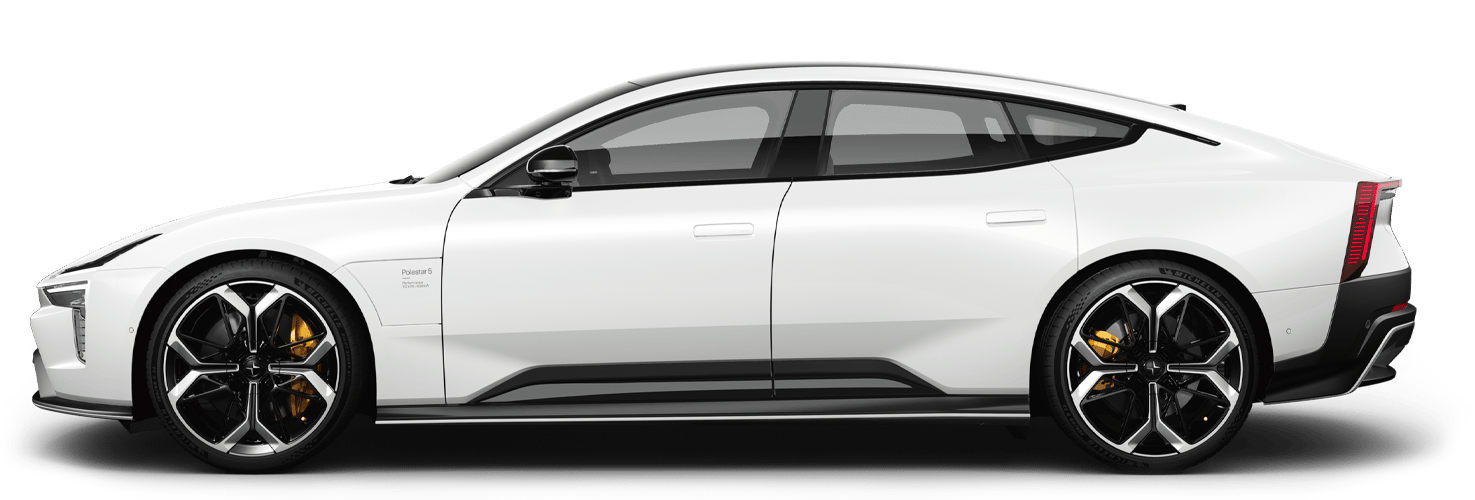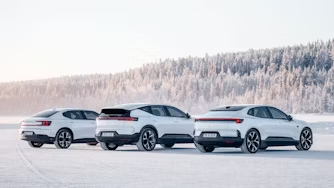What is automotive luxury in the 21st century?
The luxury landscape is undergoing a radical transformation. Luxurious no longer simply means expensive. Rarity, time, and craft remain key players. Yet principles, values, and a compelling narrative based on authenticity are now fundamental for a product, a place, or an experience to be considered luxury. This is particularly true for the automotive world.
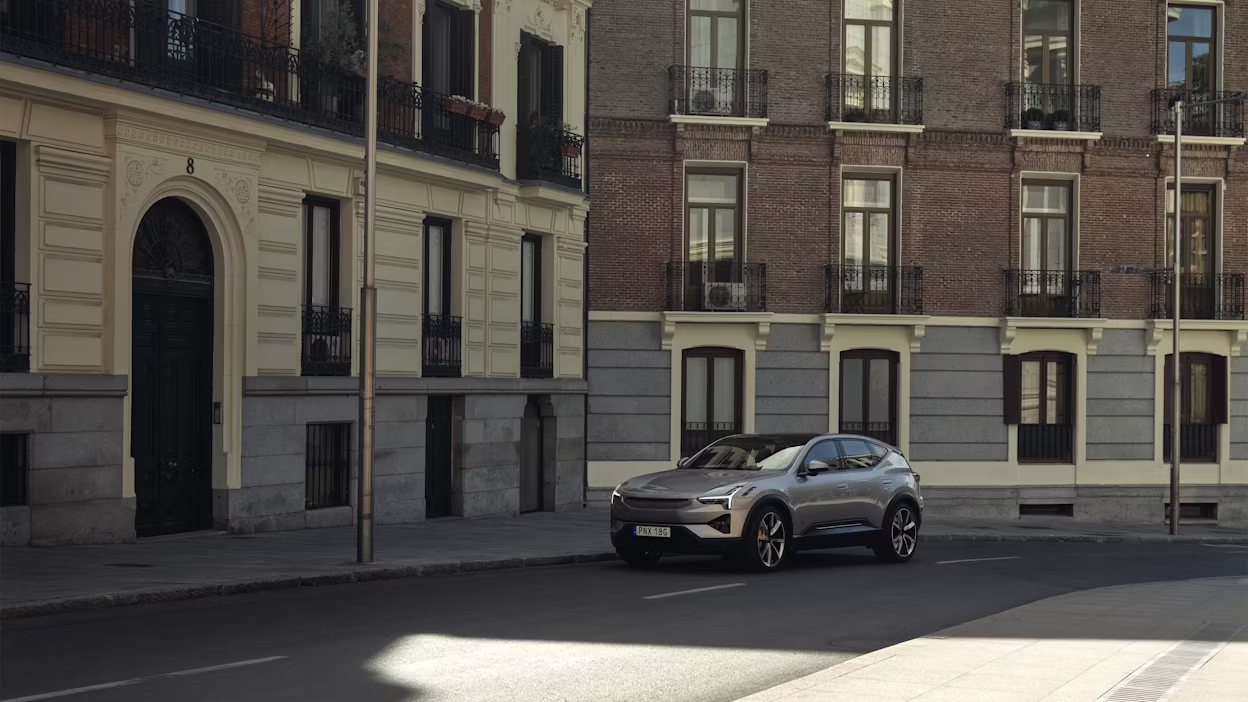
The post-combustion age has unlocked tremendous possibilities for car designers. There is the newfound luxury of space, of course, with the battery layout and e-architecture liberating designers to make more space in the cabin, for adaptable interior layouts that feel roomier, less cluttered, brighter and lighter in feel.
“The electric car platform offers great advantages, particularly in the interior spaces,” says Jean-Arthur Madelaine, Head of Interior Design at Polestar. “Compared to the internal combustion engine, the e-architecture allows us to extend the wheelbase length for better passenger accessibility, and we are able to increase legroom in the second row.” He cites the all-electric coupé Polestar 4 as the perfect example, highlighting its rear seating area, which offers the sort of spaciousness you would expect from much larger cars.
What’s more, in this new automotive chapter, a car company without a past has less heritage baggage to handle. Consequently, it has greater freedom to be inventive with its brand, as it isn’t constrained by a lengthy history or established customer expectations. Polestar was born into the electric age. “We’ve built our DNA on electric age mobility,” says Jean-Arthur emphatically. “Our goal from the very start was to redefine the codes of luxury to be based on innovation, new materials, new processes – to be more sustainable instead of taking easy routes like, say, using materials perceived by everyone as luxury for decades in the car industry.”
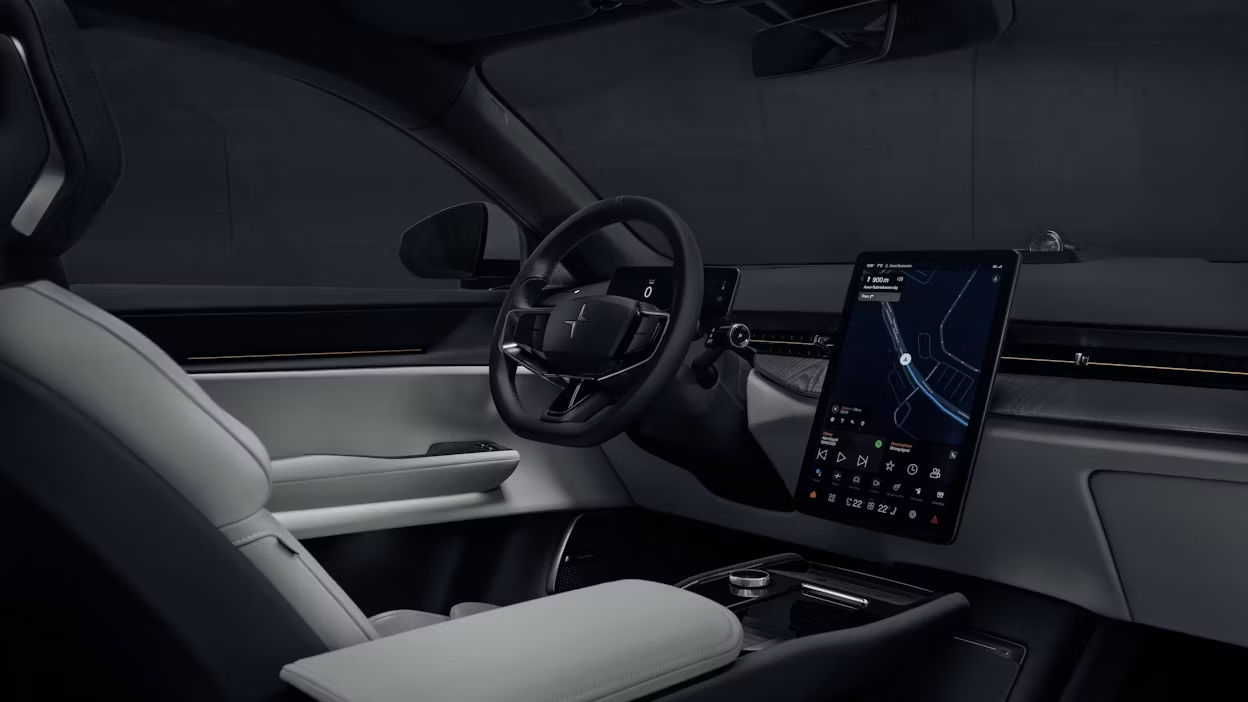
Material world
Clean mobility aligns with the consumer’s growing openness to progressive luxury experiences, especially when it comes to the topic of materials. With new generations embracing a more plant-based, vegan lifestyle, and with younger car drivers and owners more attuned to material provenance, car designers are looking beyond leather, wood, and chrome – the classics traditionally associated with automotive luxury.
And there is so much excitement and innovation happening behind the scenes, with car companies learning from and collaborating with other industries – from architecture to furniture design and fashion. Some, like Polestar, are investing in vegan leather and alternative fabrics that don’t necessarily mimic what came before, but rather have their own unique personality. Some designers are reworking reclaimed wood, celebrating the material’s past life by allowing some imperfections to shine through. Others are exploring the possibilities of shedding weight from natural stone to be applicable in the automotive environment.
There are experiments with tailored wool and cashmere as expressions of refinement, while some of the more sporting car brands are applying traditional stitching to technical materials like carbon fibre for an interesting intersection of craft and technology. It’s an exciting playground where the rulebook is open to exploration.
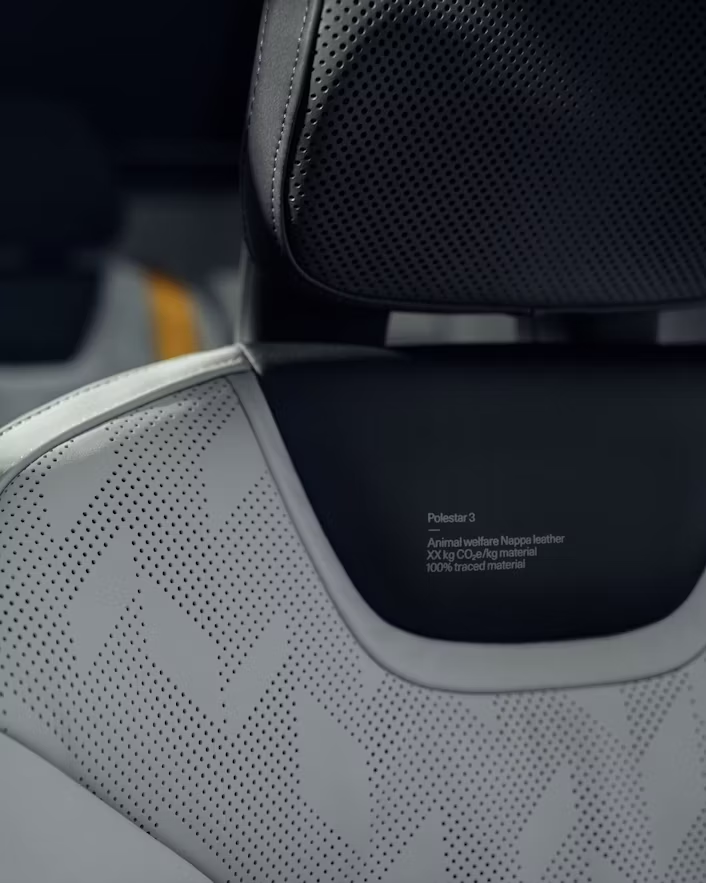
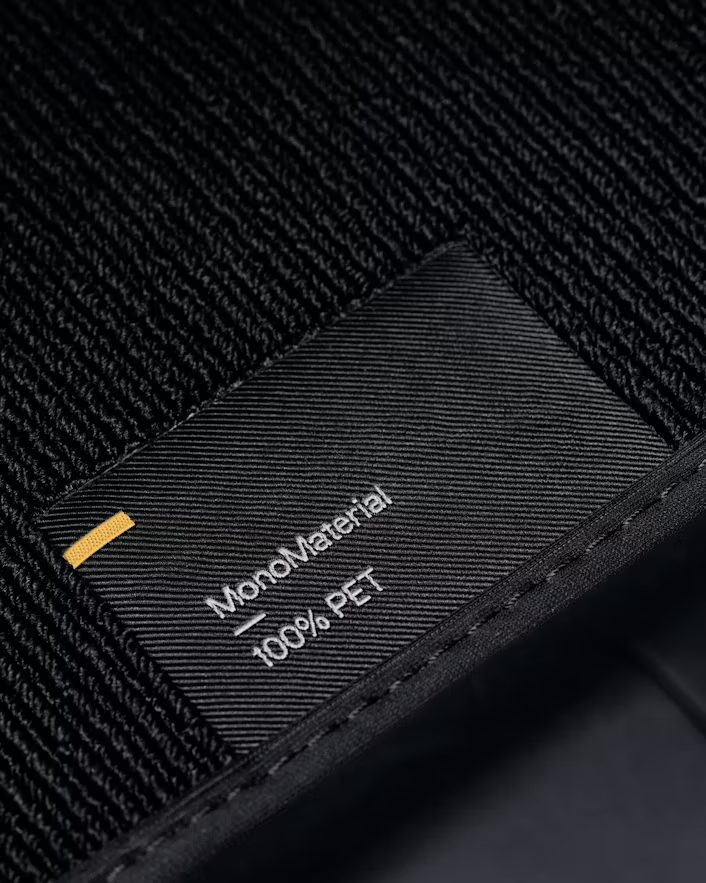
We’ve built our DNA on electric age mobility
Jean-Arthur explains that Polestar’s philosophy focuses on utilising innovative techniques and materials to redefine luxury standards in interior design. He uses the example of Polestar 4 to illustrate the cross-fertilisation of ideas. When conceptualising the car, his team looked to the world of fashion and high-end sportswear for material inspiration and processes – all the “soft tech” aspects of the car interior, he notes. Tech Knit, for instance, is a mesh form made of recycled PET (polyethylene terephthalate), backlit and used as a decorative cover for the car’s sound system. Tailored Knit is an upholstery designed for the Polestar 4 car seats that employs a process inspired by the running shoe industry, utilising recycled yarn and knitting the exact contour needed without generating any waste.
Novel materials and new automotive techniques naturally come with their own challenges. Jean-Arthur, however, sees this as an opportunity rather than a constraint for his design team. “The key is to incorporate these ideas and materials as early on as possible in our design process,” he explains. “You can’t design an element with reinforced natural fibres, for instance, in the same way as you would a plastic part. Designers must fully understand any new material first to utilise them in the best possible way.”
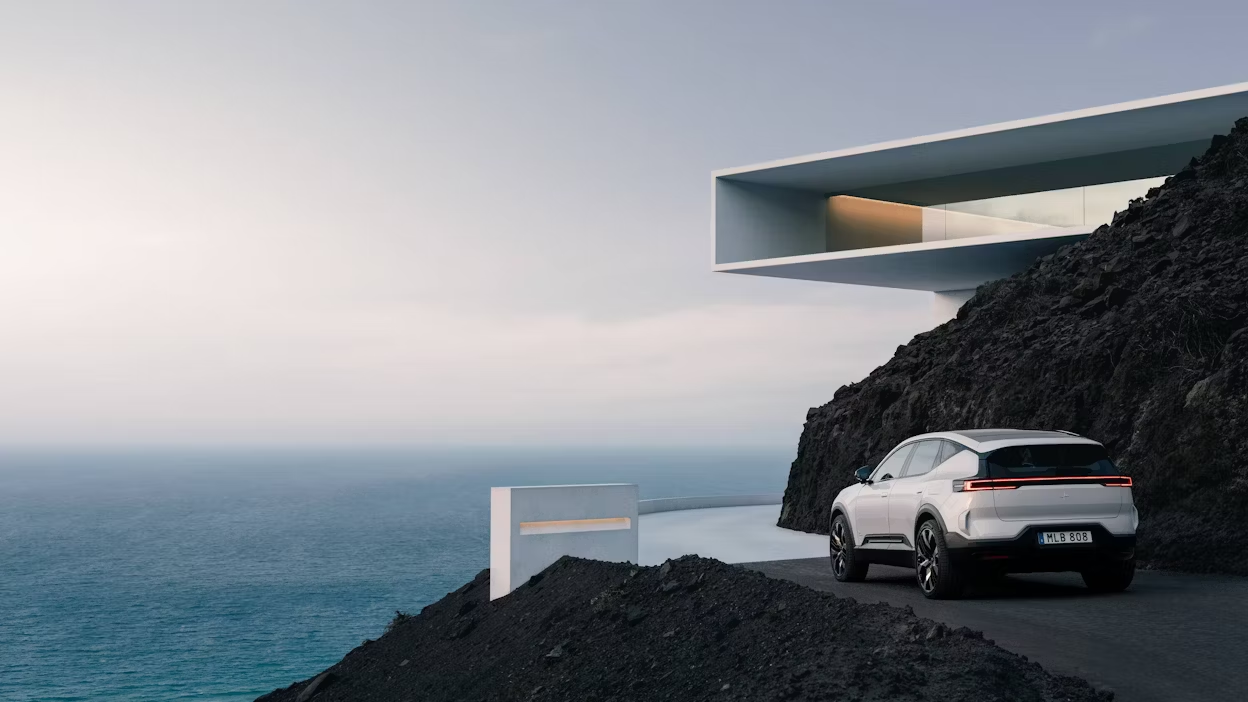
The wellness factor
One thing is certain, the personal touch remains critical to signifying luxury. But in the age of smart mobility, customisation isn’t about simple, superficial aesthetic touches. With the advancement of automotive intelligence, emphasis on personalisation will pivot towards creating a haven for both drivers and passengers. Elements such as light, sound, scent, and touch will intertwine, alongside technology, to deliver a user experience that adapts to and predicts our every want, need and desire.
“A cockpit is successful when UX experience, design and materials are coherent – when they tell the same story,” Jean-Arthur makes clear. “We deliberately avoid complex shapes and graphic identities, and pay attention to the execution to create a sense of wellness for our customers.” In the Polestar 3 electric SUV, for instance, the interior takes on Scandinavian design to be minimalistic but not simplistic. Jean-Arthur explains, “The dashboard, doors and pillars form a single element that surrounds passengers. Instead of every element of the cabin being ‘loud’, they become a single element with the same shape, the same material, and the same features. What it does is create a serene, relaxed atmosphere.”
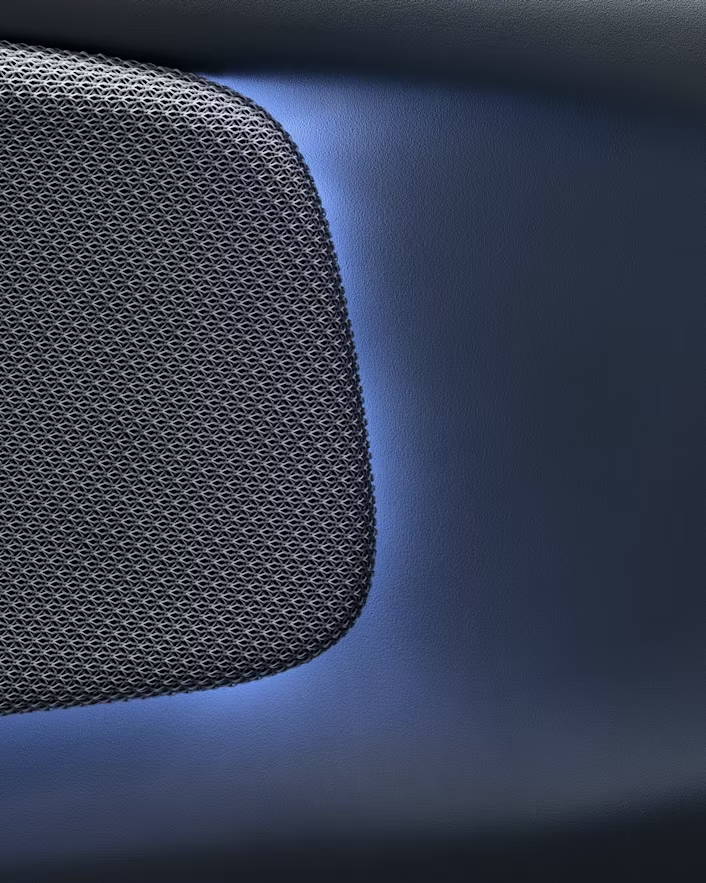
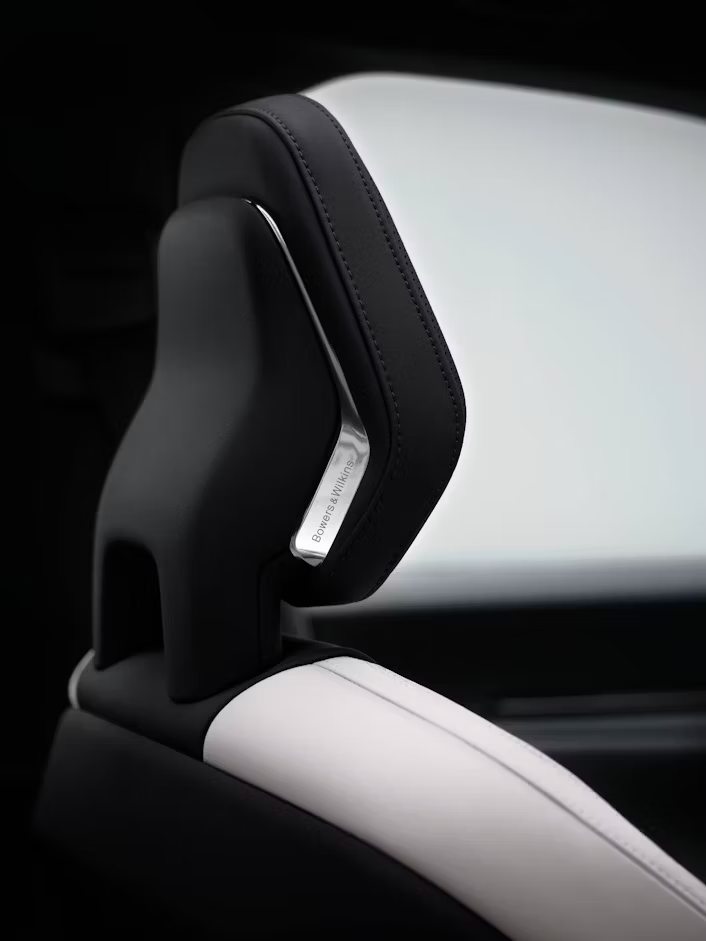
Looking ahead, Jean-Arthur believes user experience will be central to the story of luxury. “We are now in the age of smart mobility where cars are becoming more sophisticated in terms of driving assistance and connectivity. Customer expectation is very high, and when it comes to cockpit experiences, we will offer new activities never provided before,” he says.
Jean-Arthur believes mobility will be part of an ecosystem centred around our smartphones. He says that performance will be redefined, measured not by horsepower and kilowatt figures, but rather on the efficiency of the embedded hardware, and the responsiveness and intuitiveness of the operation systems.
“Cars will always remain objects which evoke powerful emotions,” says Jean-Arthur. “Nevertheless, the on-board experience for the driver and, more importantly, passengers will be the key to unlocking the luxury of the future.” In other words, silence, space and time are the luxury goods of the future, and the automotive world is in a good place to provide this.
Words by: Nargess Banks
Configure the Launch editions of Polestar 3 and Polestar 4 today.
